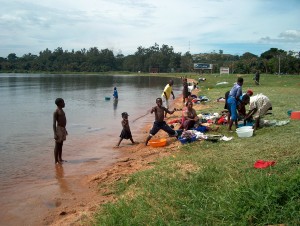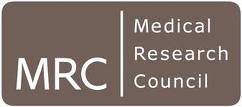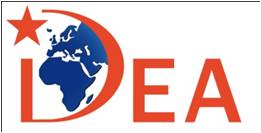Treating schistosomiasis during pregnancy
 When EMaBS began, treatment of schistosomiasis (Bilharzia) during pregnancy had only just been recommended by World Health Organisation. This was the first trial to investigate the use of praziquantel to treat schistosomiasis during pregnancy. Praziquantel treatment did not cause any adverse effects in EMaBS mothers and children – apart from the increased rates of eczema in the children, discussed in “Worms and Allergy”.
When EMaBS began, treatment of schistosomiasis (Bilharzia) during pregnancy had only just been recommended by World Health Organisation. This was the first trial to investigate the use of praziquantel to treat schistosomiasis during pregnancy. Praziquantel treatment did not cause any adverse effects in EMaBS mothers and children – apart from the increased rates of eczema in the children, discussed in “Worms and Allergy”.
When someone with schistosomiasis is treated with praziquantel, worms are killed and the immune response against them is boosted. This in turn is thought to contribute to the killing of the worms. We found that the boost in immune responses was a bit lower if praziquantel was given during pregnancy, than when given after delivery. But the good news is that the reduction in worm load was similar whether women were treated during pregnancy or after the baby had been delivered (Tweyongyere et al., 2008, 2009).
Children were examined at age five years to find out whether exposure to schistosomiasis while still in the womb, or to treatment with praziquantel when the mother was pregnant, might influence their own response to schistosomes when they grew up. So far the evidence is that there may be some effect on the child’s immune response: those whose mothers had been treated with praziquantel had a higher interleukin-10 response to schistosome worm antigens. This suggests a tendency to immunoregulation – which might have implications for the pattern of disease caused by schistosome infection in such children (Tweyongyere et al., 2013).



